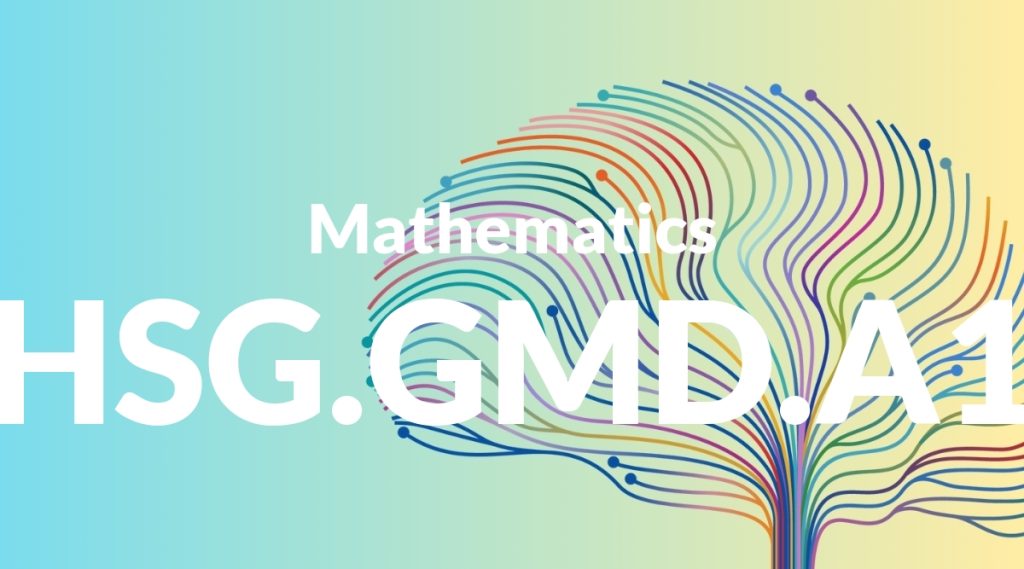Standard: HSG.GMD.A1 – Give an informal argument for the formulas for the circumference of a circle, area of a circle, volume of a cylinder, pyramid, and cone. Use dissection arguments, Cavalieri’s principle, and informal limit arguments.
Grade level: High School: Geometry
Subject: Mathematics
Domain: Geometric Measurement & Dimension
Teacher Overview
This standard focuses on understanding and deriving the formulas for the circumference and area of a circle, and the volume of cylinders, pyramids, and cones. It is crucial as it lays the foundation for more advanced geometric concepts and real-world applications in fields such as engineering and architecture. Students should be comfortable with basic geometric shapes and have prior knowledge of calculating area and volume using simpler formulas. Familiarity with algebraic expressions and manipulations is also essential.
Mastering this standard will enable students to tackle more complex geometric problems and apply these concepts in real-world scenarios, enhancing their problem-solving skills and preparing them for advanced studies.
Common Misconception 1
A common misconception is that the formulas for geometric measurements are arbitrary. This is incorrect because each formula can be logically derived using principles such as dissection arguments and Cavalieri’s principle.
Intervention 1
To address this misconception, use hands-on activities where students can physically dissect shapes and see how the formulas are derived. Visual aids and step-by-step derivations can also help.
Common Misconception 2
Another misconception is confusing the formulas for different shapes. This occurs when students do not fully understand the properties unique to each shape.
Intervention 2
To remediate this, provide clear, distinct examples for each shape and offer plenty of practice problems. Visual aids that highlight the differences between the shapes can also be beneficial.
Prerequisite Knowledge
Students should have a basic understanding of geometric shapes, area, and volume calculations, as well as familiarity with basic algebraic manipulation.
Subsequent Knowledge
Students will develop a deeper understanding of geometric properties and be able to apply these formulas in more complex real-world situations, such as advanced engineering problems and higher-level mathematics.
Instructional Activities
- Hands-on activities with geometric dissection
- Visual demonstrations of Cavalieri’s principle
- Interactive problem-solving sessions
- Real-world application projects, such as designing a storage tank




